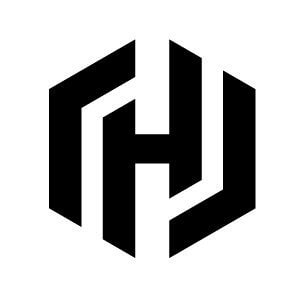Audrey Tang wants to save democracy with ‘pro-social’ media
In Bowling Green, Kentucky, almost everyone agrees that historic buildings should be preserved amid developments. The same goes for having more restaurants open after 9 p.m.; investing in existing cultural institutions, such as museums; and hiring more therapists for public schools. Only a few proposals—like Bowling Green getting its own Dave & Buster’s—prove deeply polarizing. We know this thanks to a project in which nearly 8,000 residents, or about 10% of Bowling Green’s population, submitted their opinions more than a million times over the course of a month about the future of their city. Cities tend to run deep with disagreements about everything from infrastructure to drug legalization—just look at any local Facebook group or subreddit. But the “pro-social” algorithm used in this project revealed how aligned residents actually were on most topics. Credit for this undertaking is due to the former first digital minister of Taiwan, Audrey Tang, who advised the project, called “What Could BG Be?” On a cheerful, interactive website, users can explore city residents’ hopes and dreams across categories like arts, education, equity and inclusion, housing, and healthcare. The upshot? Most residents have similar desires, and identifying these areas of commonality allows residents to work together toward shared goals. Tang believes in combating what she calls “anti-social” media. Instead, she’s working to use technology to create opportunities for collaboration, thereby strengthening democracies around the world. Born under martial law in Taiwan in the 1980s, for Tang, “democracy is not some fossilized, 200-year-old tradition,” like it is to some in the U.S. “Rather,” she says, “it’s something like semiconductors,” which she believes should be updated regularly with the availability of more advanced materials. Now a senior fellow at the safer tech nonprofit Project Liberty Institute, Tang, 44, builds tools that she can leave behind to “empower the next generation with a wider canvas.” Concerned about social media algorithms that favor rageful engagement over unity, and having done ample work to maintain democracy in Taiwan, she’s spreading her pro-democracy ideas globally—even as a self-professed anarchist. Tang’s childhood was shaped by a heart condition that made waking up each morning uncertain. She internalized the idea of “publish, then perish” (a riff on academia’s competitive “publish or perish”) early and deeply. A prodigy who started coding at age 8 using pencil and paper because she didn’t have a computer, she began recording what she’d learned before going to bed so others could benefit from her work if she never arose. As a young adult at the start of the millennium in Taiwan, she built civic participation platforms and worked on a project that eventually became known as G0v, which created public, open-source alternatives to often-opaque government websites. That community involvement led to participating in the 2014 Sunflower Movement of Taiwanese students demonstrating en masse against a trade deal with China that the students feared threatened their country’s democracy. During weeks of students occupying parliament, Tang helped livestream debates from inside, eventually leading the government to express public support for the students’ views. Later that year, Tang was asked to become what she terms a “reverse mentor,” advising a Taiwanese minister on digital affairs, youth engagement, and open government. She eventually became a minister without portfolio in 2016—and the first openly nonbinary cabinet member anywhere—and then the country’s first minister of digital affairs in 2022. “I famously put ‘not applicable’ in both the party field and the gender field of my HR application,” she says with a laugh. (Tang uses all pronouns and is comfortable with she/her.) This nonpartisan, label-less approach meshes with Tang’s efforts toward depolarization. “It’s not about parties, it’s not about genders—it is about working with all parties, with all genders,” she says. Because of this, she’s willing to collaborate with people from all points on the political spectrum. In the U.S., for example, she’s met with both far-right activist Laura Loomer and California’s Democratic governor, Gavin Newsom. She previously applied this ethos to her strategy for Taiwan’s COVID-19 response, in which she created social messaging designed to appeal across demographics that encouraged people to take key health measures (think: Shiba Inus encouraging social distancing), uniting residents toward a common cause. Her work helped raise trust levels in the country’s government from 9% a decade ago to more than 70% by 2020. But she realized it wasn’t just Taiwan that could benefit from her work, so she’s taken her teachings on the road. So far in 2025, Tang has traveled to around 20 countries. When we speak in April, she’s set to visit another 15 cities in the next 55 days. In most every democra
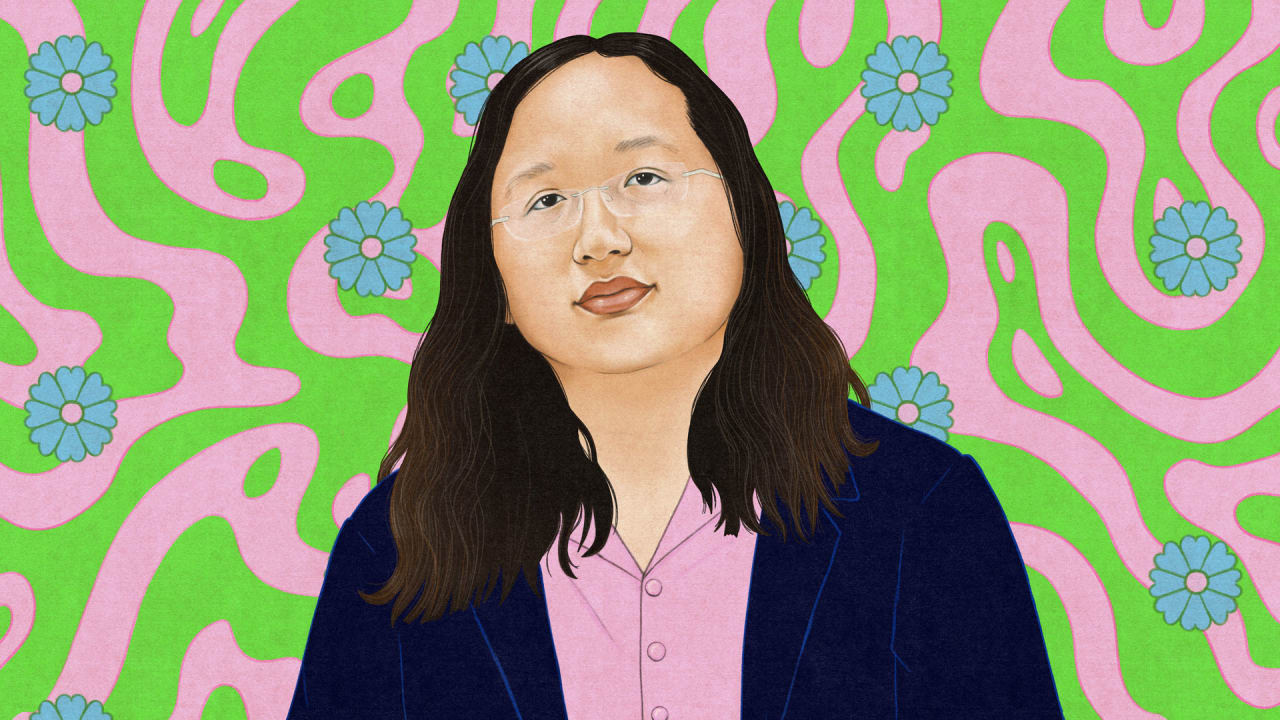
In Bowling Green, Kentucky, almost everyone agrees that historic buildings should be preserved amid developments. The same goes for having more restaurants open after 9 p.m.; investing in existing cultural institutions, such as museums; and hiring more therapists for public schools. Only a few proposals—like Bowling Green getting its own Dave & Buster’s—prove deeply polarizing.
We know this thanks to a project in which nearly 8,000 residents, or about 10% of Bowling Green’s population, submitted their opinions more than a million times over the course of a month about the future of their city. Cities tend to run deep with disagreements about everything from infrastructure to drug legalization—just look at any local Facebook group or subreddit. But the “pro-social” algorithm used in this project revealed how aligned residents actually were on most topics.
Credit for this undertaking is due to the former first digital minister of Taiwan, Audrey Tang, who advised the project, called “What Could BG Be?” On a cheerful, interactive website, users can explore city residents’ hopes and dreams across categories like arts, education, equity and inclusion, housing, and healthcare. The upshot? Most residents have similar desires, and identifying these areas of commonality allows residents to work together toward shared goals.
Tang believes in combating what she calls “anti-social” media. Instead, she’s working to use technology to create opportunities for collaboration, thereby strengthening democracies around the world. Born under martial law in Taiwan in the 1980s, for Tang, “democracy is not some fossilized, 200-year-old tradition,” like it is to some in the U.S. “Rather,” she says, “it’s something like semiconductors,” which she believes should be updated regularly with the availability of more advanced materials.
Now a senior fellow at the safer tech nonprofit Project Liberty Institute, Tang, 44, builds tools that she can leave behind to “empower the next generation with a wider canvas.” Concerned about social media algorithms that favor rageful engagement over unity, and having done ample work to maintain democracy in Taiwan, she’s spreading her pro-democracy ideas globally—even as a self-professed anarchist.
Tang’s childhood was shaped by a heart condition that made waking up each morning uncertain. She internalized the idea of “publish, then perish” (a riff on academia’s competitive “publish or perish”) early and deeply. A prodigy who started coding at age 8 using pencil and paper because she didn’t have a computer, she began recording what she’d learned before going to bed so others could benefit from her work if she never arose.
As a young adult at the start of the millennium in Taiwan, she built civic participation platforms and worked on a project that eventually became known as G0v, which created public, open-source alternatives to often-opaque government websites.
That community involvement led to participating in the 2014 Sunflower Movement of Taiwanese students demonstrating en masse against a trade deal with China that the students feared threatened their country’s democracy. During weeks of students occupying parliament, Tang helped livestream debates from inside, eventually leading the government to express public support for the students’ views.
Later that year, Tang was asked to become what she terms a “reverse mentor,” advising a Taiwanese minister on digital affairs, youth engagement, and open government. She eventually became a minister without portfolio in 2016—and the first openly nonbinary cabinet member anywhere—and then the country’s first minister of digital affairs in 2022. “I famously put ‘not applicable’ in both the party field and the gender field of my HR application,” she says with a laugh. (Tang uses all pronouns and is comfortable with she/her.)
This nonpartisan, label-less approach meshes with Tang’s efforts toward depolarization. “It’s not about parties, it’s not about genders—it is about working with all parties, with all genders,” she says. Because of this, she’s willing to collaborate with people from all points on the political spectrum. In the U.S., for example, she’s met with both far-right activist Laura Loomer and California’s Democratic governor, Gavin Newsom.
She previously applied this ethos to her strategy for Taiwan’s COVID-19 response, in which she created social messaging designed to appeal across demographics that encouraged people to take key health measures (think: Shiba Inus encouraging social distancing), uniting residents toward a common cause. Her work helped raise trust levels in the country’s government from 9% a decade ago to more than 70% by 2020. But she realized it wasn’t just Taiwan that could benefit from her work, so she’s taken her teachings on the road.
So far in 2025, Tang has traveled to around 20 countries. When we speak in April, she’s set to visit another 15 cities in the next 55 days. In most every democratic country she’s visited, Tang’s heard a similar narrative: that people across the political spectrum are “tired of peak polarization.”
Nowhere has this polarization proliferated like it has on social media. To that end, Tang has advised U.S. Congress members on the risks of TikTok—namely, how China could use it against the American people. She helped with the bipartisan efforts to buy the potentially $50 billion social media giant (still underway).
But that purchase alone won’t stanch what Tang sees as social media’s inherently anti-social nature, which she says thrives under opacity. Your feed populates with content the algorithm feeds you based on its popularity and your past views, without any insight into where that content is coming from and how it’s viewed within the community where it originated.
“Imagine seeing a post and knowing whether it’s broadly accepted across society or only popular because you’re in that small echo chamber,” says Tang. “Making that transparent . . . exposes people to the fact that a claim widely believed in one circle might be highly controversial in another.” In other words, making context transparent better equips people to avoid spreading misinformation.
After transparency, the next aspect of creating pro-social media entails highlighting unifying content. “Bridging content” is that which shows agreements across social, political, cultural, geographical, and other typical demographic divisions on social media. “Balancing content,” Tang says, presents a fair, summarized representation of opposing views, “ensuring diverse voices, especially minority ones, are heard in a fair way.”
“As you have seen in Bowling Green, [these ideas] hold real promise to heal the social fabric,” says Tang. “It was just the old, parasitic AI that amplified engagement through enragement.”
After all, 80% or more agreed on 2,370 ideas pitched by their fellow residents in Bowling Green. The next phase is for volunteers to communicate the project’s findings to county leadership so the results can help shape the city’s development.
Tang has since brought this same strategy to California, working with Governor Newsom on “digital democracy platforms” with the Project Liberty Institute and other partners.
The Engaged California project, which launched in February, initially focused on wildfire recovery and prevention but plans to expand to cover all kinds of debated topics in the state and use bridging and balancing to find what Tang calls the “uncommon ground”—the points people agree on but traditional social media’s algorithms often obscure. Ultimately, the aim is to build “broad coalitions” across political parties.
Overall, these experiments, and her conversations with political figures, have given Tang faith in the U.S. “I don’t see signs of the American population . . . succumbing to authoritarianism, either in my conversations with Newsom or with Loomer and her crew,” Tang says. “The U.S. is this grand experiment . . . on how quickly democracy can adapt [in] different emergencies. So far, it has not let the world down.”
With Tang’s help, the aim is to continue on that track—but first she says we must rouse ourselves from the “bad dream” of anti-social media and begin using social media for what Tang refers to as “broad listening” to one another instead of “broadcasting.” So far, she’s proud of the work she’s done. “Going back to [the idea of] publishing, then perishing,” she says, “I think I can safely perish, now.”


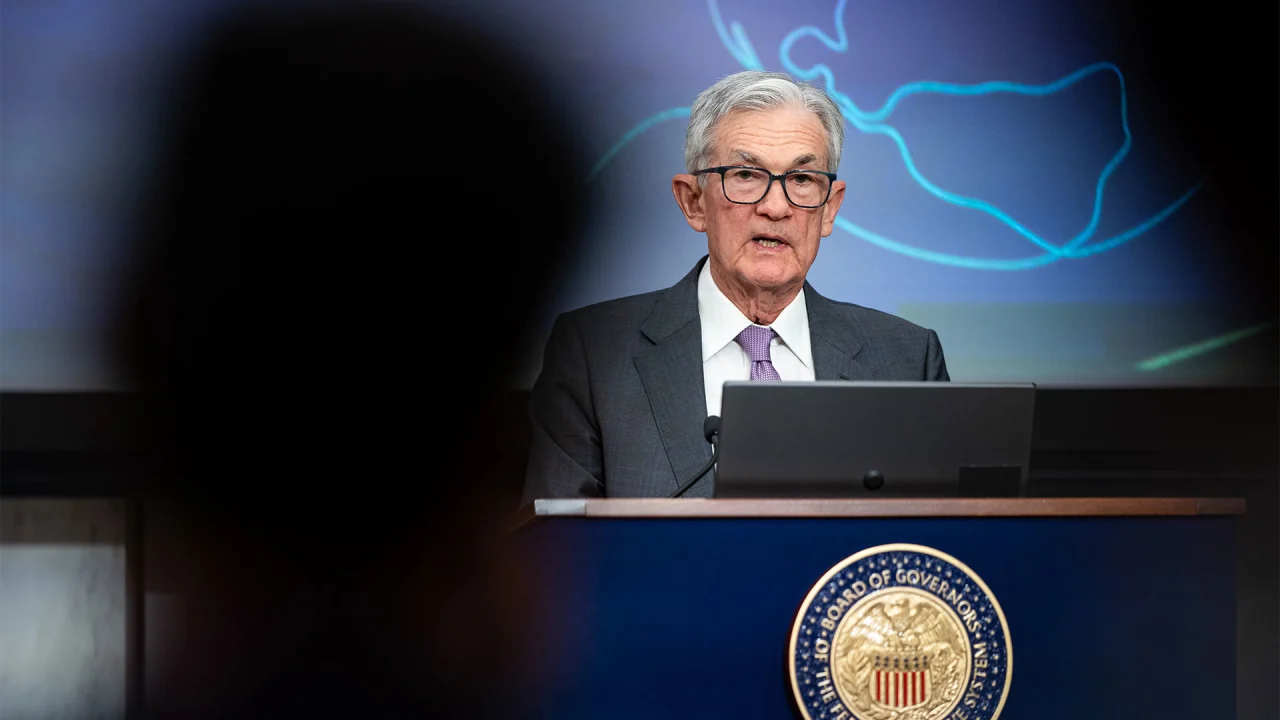



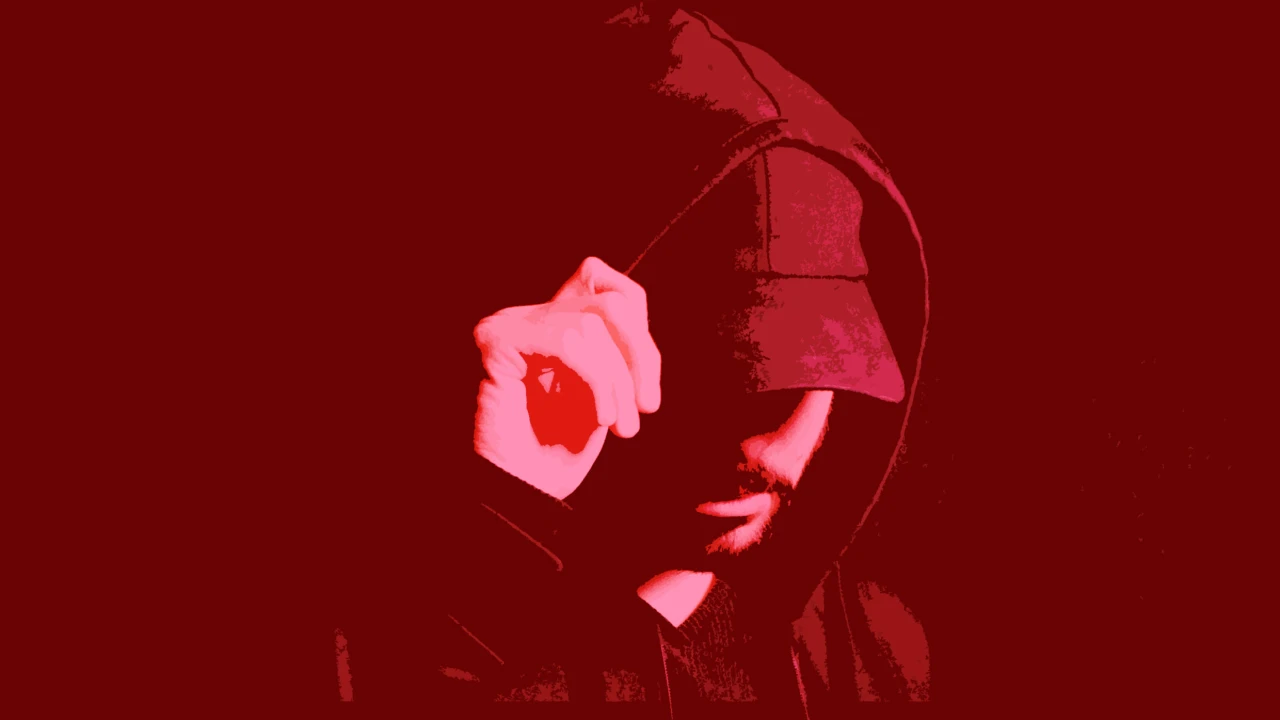
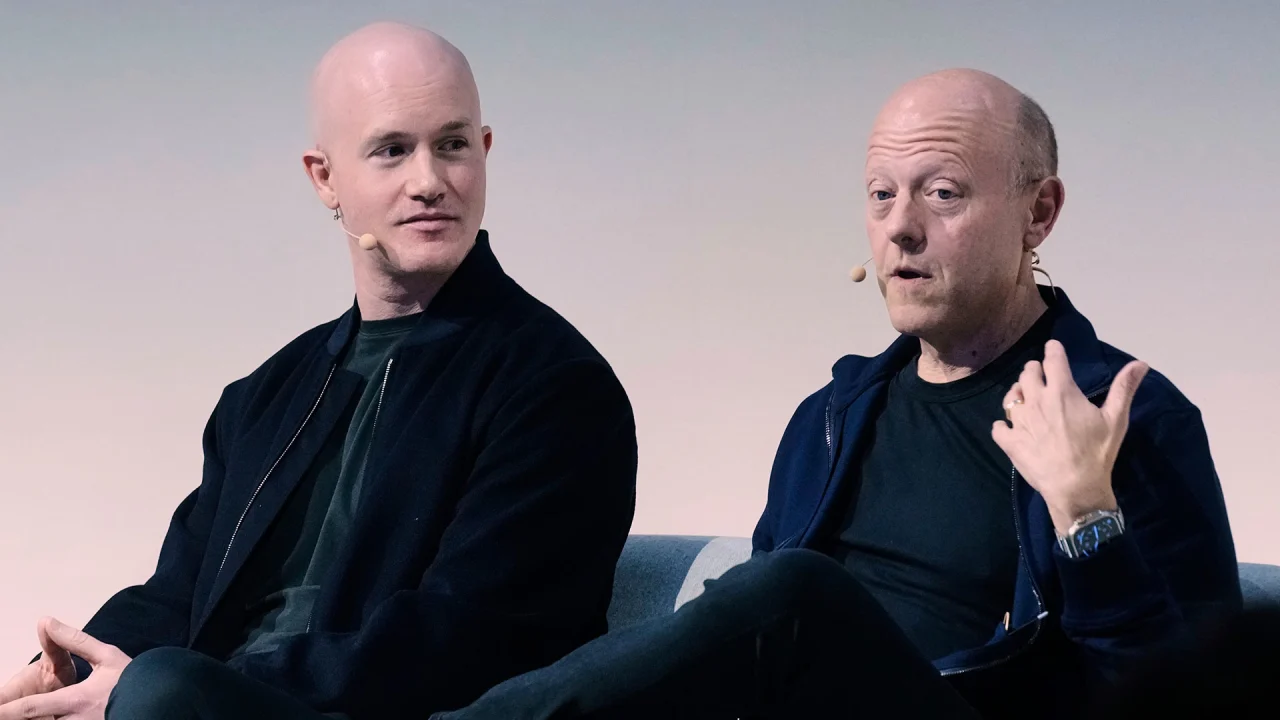

























































![https //g.co/recover for help [1-866-719-1006]](https://newsquo.com/uploads/images/202506/image_430x256_684949454da3e.jpg)



















































